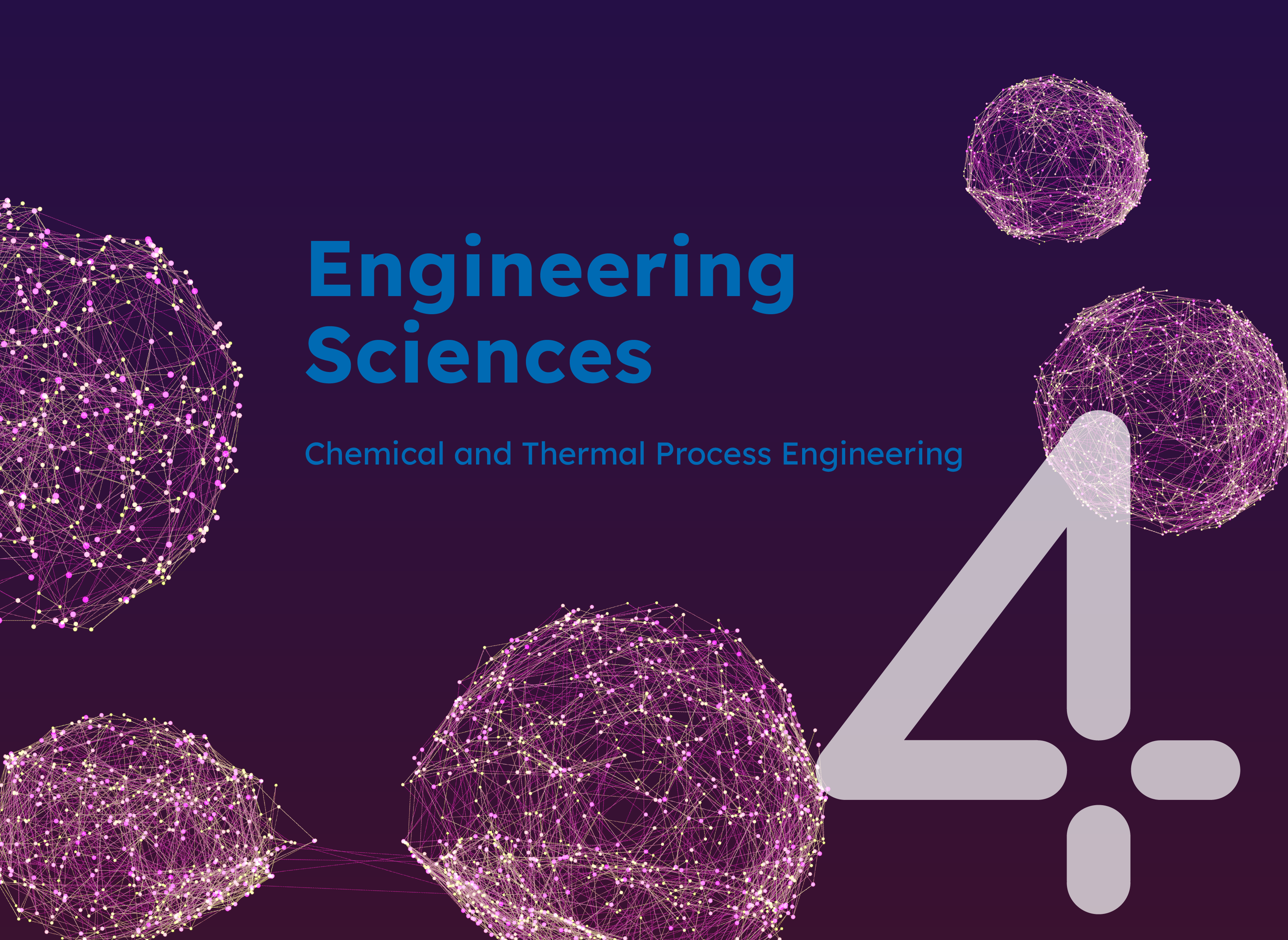Project
Towards the Prediction of Microgels Kinetics Including Ionic or Reactive Domains
Polymer science has become increasingly important due to its wide range of applications in fields such as catalysis, separation, delivery, and biomedical applications. Microgels offer a versatile platform for organizing polymers into defined architectures, which can enhance and vary their function. The Collaborative Research Center (SFB) 985 Functional Microgels and Microgel Systems has been established to investigate the potential of microgels further. In sub-project B4, the focus is on understanding the kinetic mechanism during microgel formation by surfactant-free precipitation polymerization. To achieve this, a dynamic mechanistic model for microgel synthesis has been developed. However, the challenge lies in determining the reaction rate constants and enthalpies of various polymerization reactions taking place during microgel synthesis. To address this challenge, the research team is using quantum mechanical simulations to study the effect of the environment on reacting species using solvation models. By gaining a better understanding of the process parameters that influence microgel properties, this research has the potential to improve the design and performance of microgel-based systems for a range of applications.
Project Details
Project term
February 1, 2022–December 31, 2022
Affiliations
RWTH Aachen University
Institute
Institute of Technical Thermodynamics
Project Manager
Principal Investigator
Methods
In order to obtain reaction rate constants and enthalpies, quantum mechanical simulations were performed using softwares such as Gaussian 16, packmol, CREST, TURBOMOLE, COSMOconf, and COSMOconf. An automatic python tool package will be implemented to link all the software but also for the analysis of the results.
Discussion
In the previously granted computer time project, a database of accurate solvation free energies for ionic solutes (DISSOLVE) was created, consisting of 330 entries in various solvents. The DISSOLVE entries are more accurate than previously reported reference data, achieving a lower uncertainty of 1.5 kcal/mol for aqueous and 2.6 kcal/mol for non-aqueous absolute solvation free energies. The online version of the database is available at http://www.ltt.rwth-aachen.de/dissolve and can be used for predicting equilibrium and reaction rate constants, as well as for developing and validating new computational chemistry approaches for predicting the solvation free energy of ionic solutes. The manuscript on the DISSOLVE database is currently under review at the journal Fluid Phase Equilibria.
Additional Project Information
DFG classification: 403-01 Chemical and Thermal Process Engineering
Software: Gaussian16, packmol, CREST, TURBOMOLE, COSMOconf
Cluster: CLAIX
Publications
T. Nevolianis, M. Baumann, N. Viswanathan, W. A. Kopp, and K. Leonhard, ‘DISSOLVE: Database of ionic solutes’ solvation free energies’, Fluid Phase Equilib., vol. 571, no. 113801, p. 113801, Aug. 2023.
 ⠀
⠀